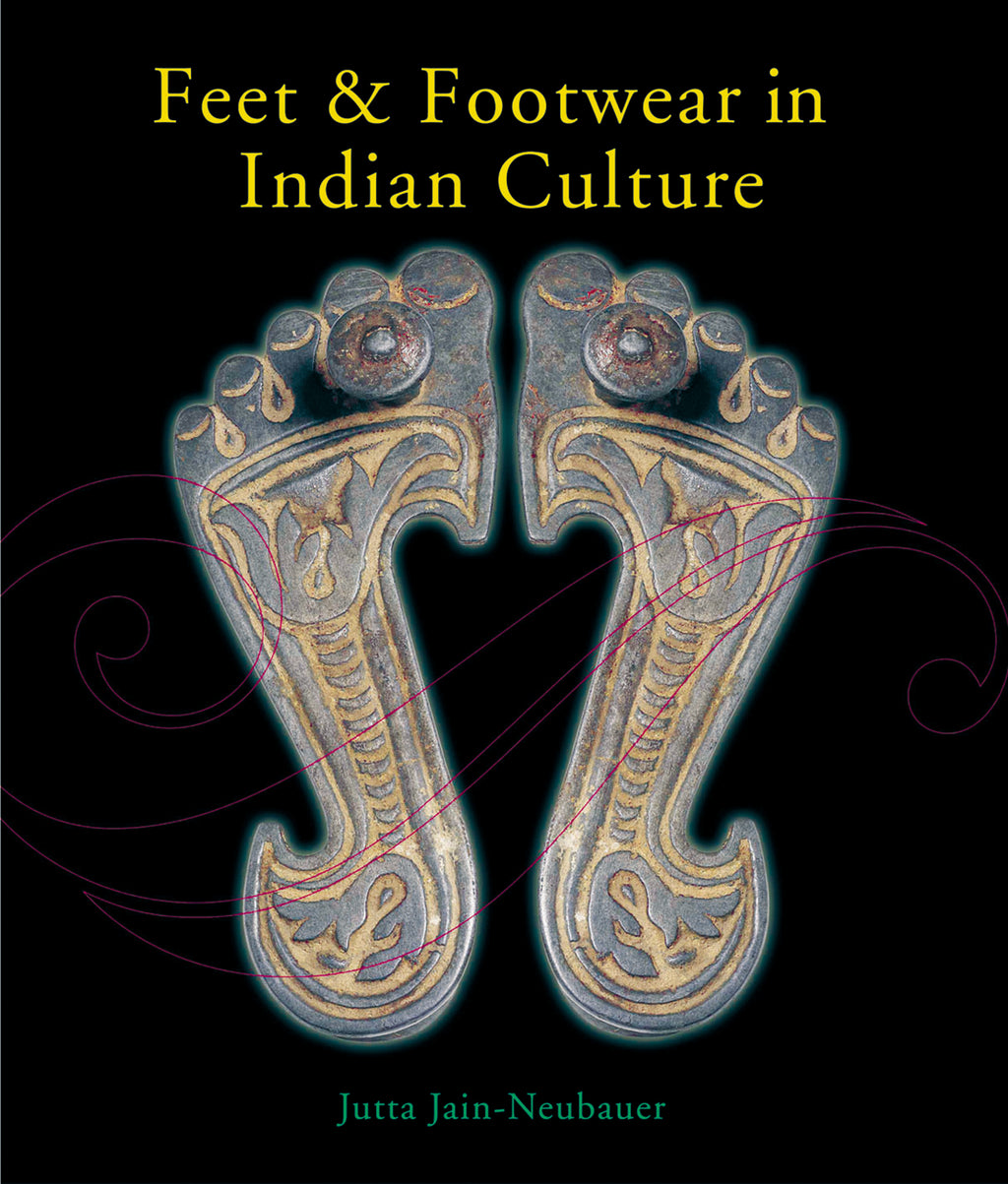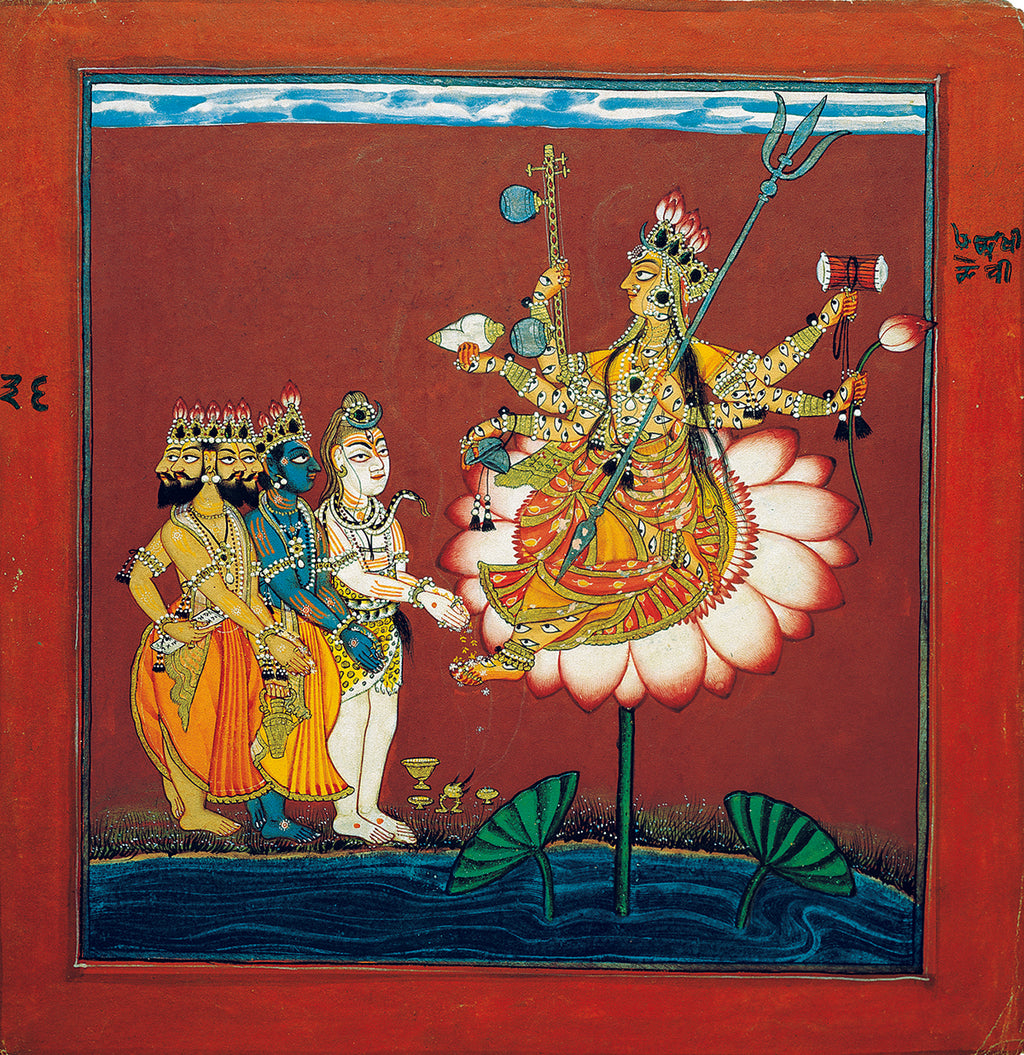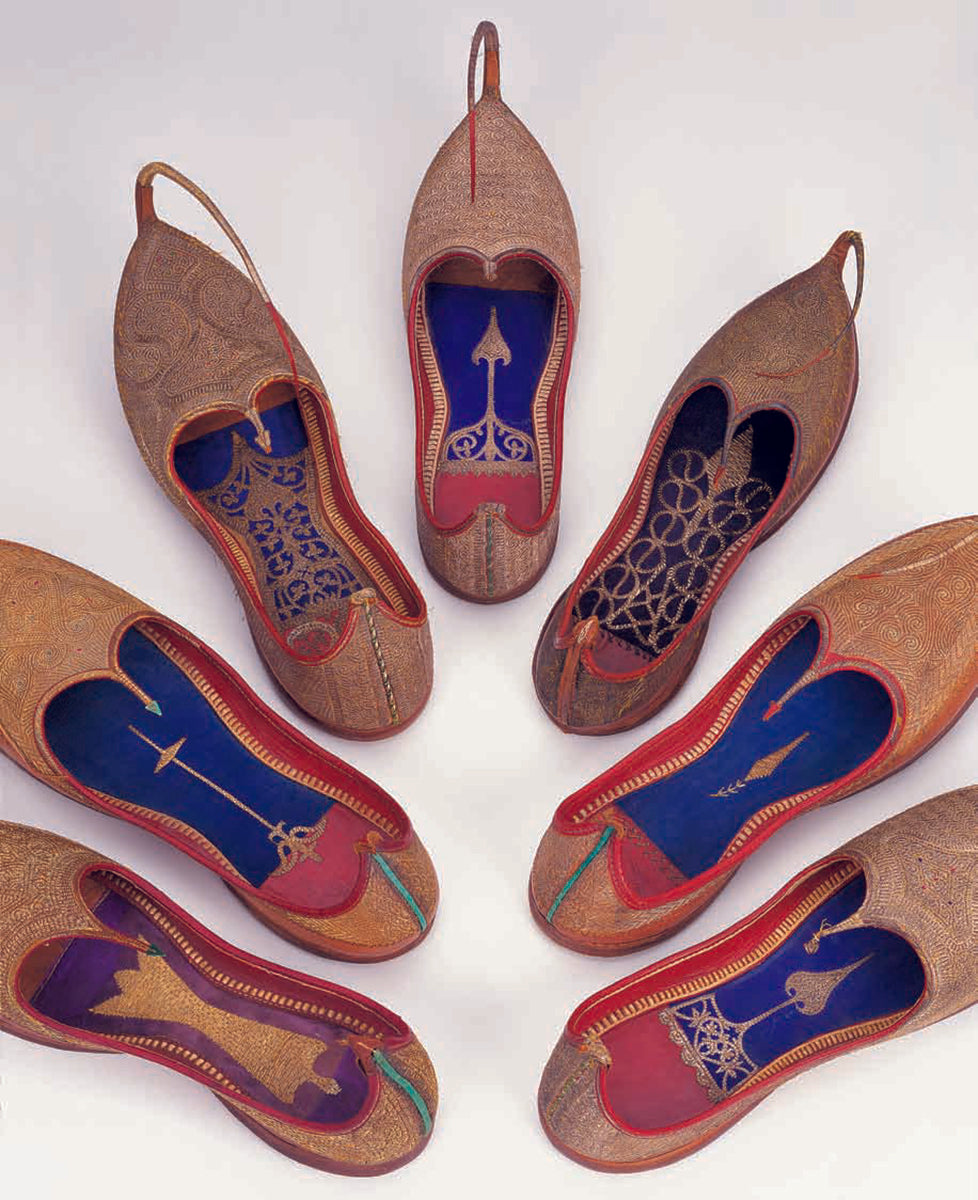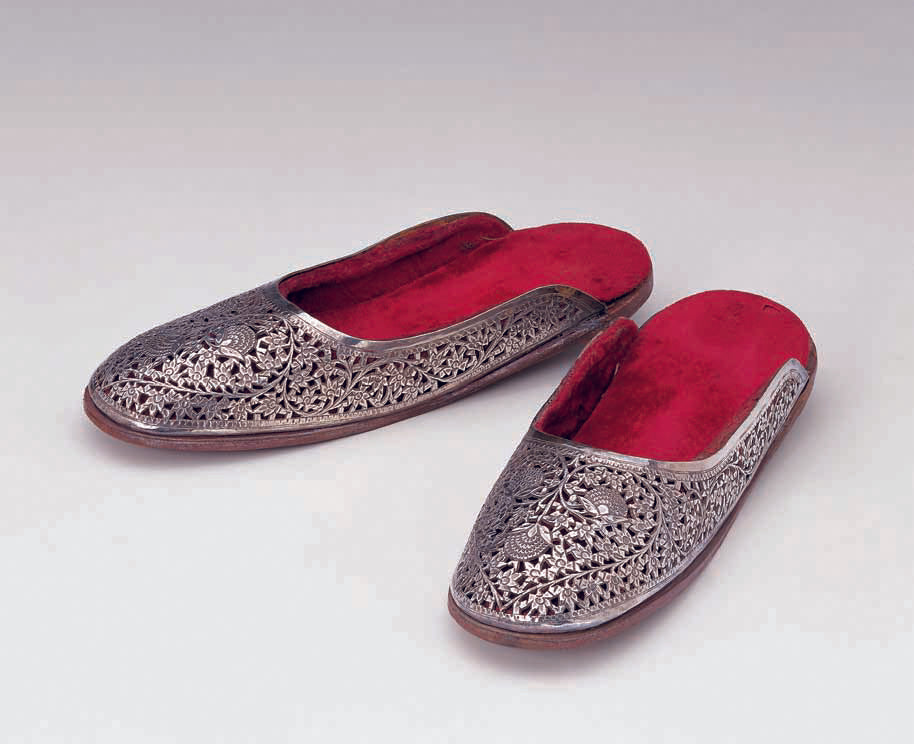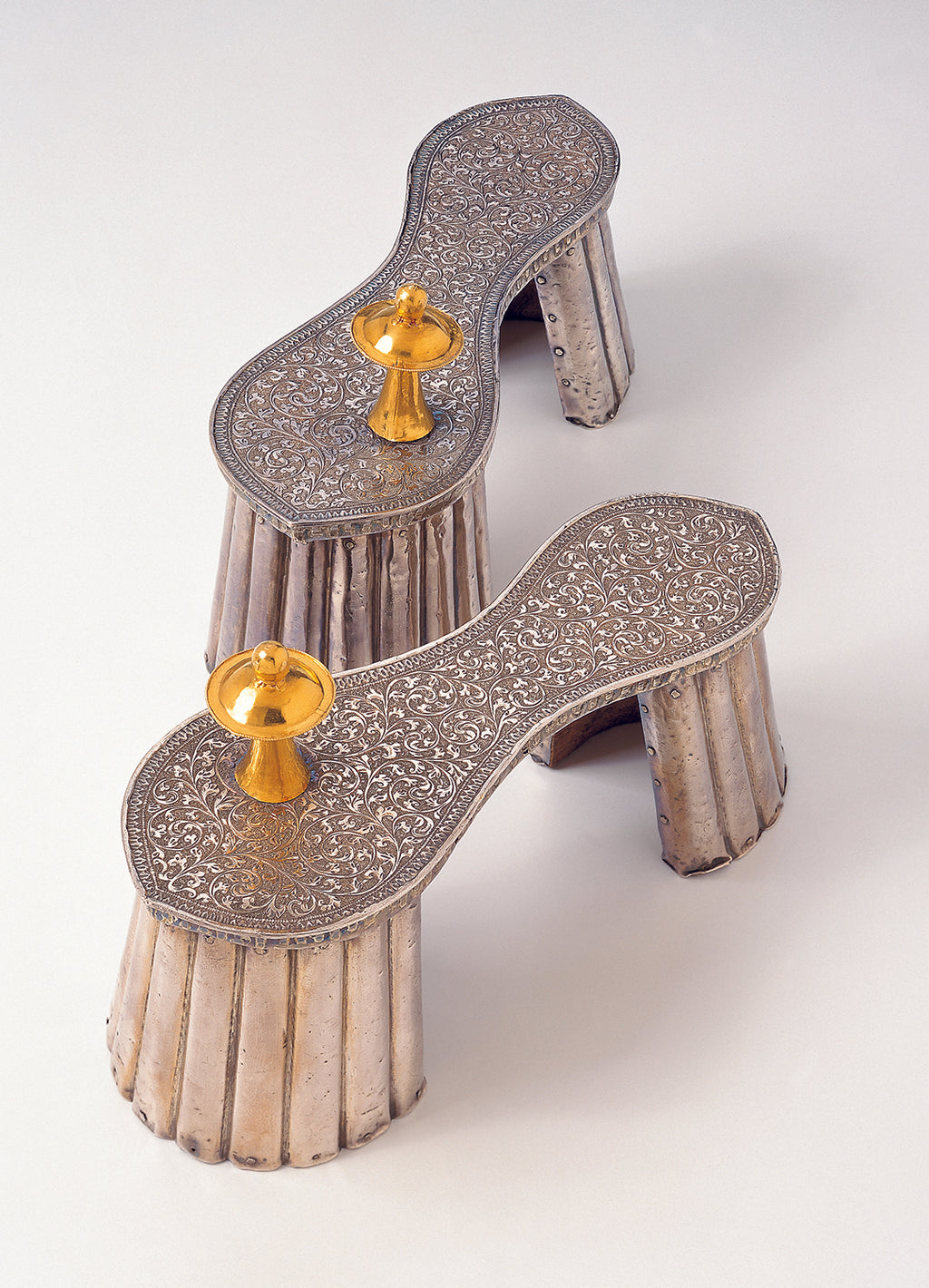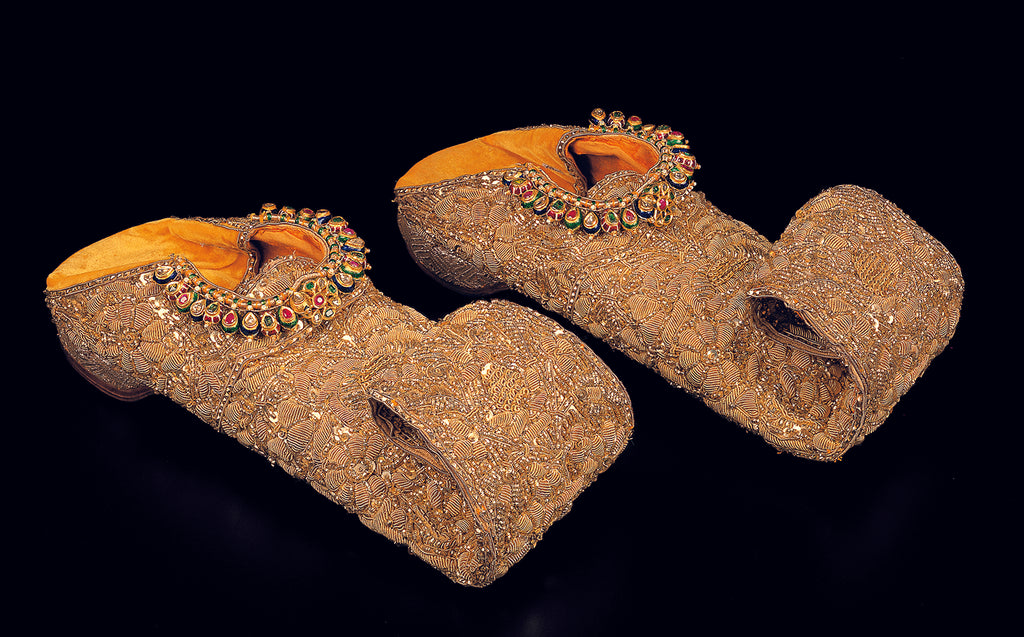Feet & Footwear In Indian Culture
Innumerable references to the foot and to foot worship in Indian culture convey the impression that the foot is regarded as an important if not the most important part of the human body.
- Category: All Books, Crafts, MAPIN20
The richness and variety of ancient and traditional footwear are lavishly illustrated, with outstanding examples of the typical toe-knob sandals worn by mendicants and holy men and the beautifully embroidered shoes of the wealthy. —The Asian Age
The religious and historical significance of feet and footwear in Indian art and culture are presented in this book, which was inspired by The Bata Shoe Museum Foundation. The richness and variety of ancient and traditional footwear are lavishly illustrated, with outstanding examples of the typical toe-knob sandals worn by mendicants and holy men and the beautifully embroidered shoes of the wealthy. Rare information on footwear has been culled from lesser-known Buddhist
and Jain sources concerning the traditions and regulations governing the monastic life of monks.
As part of the research, the Foundation organized field trips to various parts of India to document the making of some of the most traditional footwear types created by village craftsmen. Patterns and decorative treatments were studied and photographed. Examples include the making of leather Chappals in Kohlapur; embroidered Juttis in Jodhpur, Indo-Tibetian felt boots
in Sikkim and vegetable fibre shoes in Ladakh.
Jutta Jain-Neubauer, born in Austria in 1951, studied Indology and Indian art history in Heidelberg and Bonn (Germany). She holds a Ph.D. in Indian art history with a thesis on “The Stepwells of Gujarat in art-historical perspective” (New Delhi, 1980). From 1978 to 1982 she was involved in a project related to the conservation of ancient monuments in Ahmedabad and other locations in Gujarat. Under a research project sponsored by the Feodor-Lynen programme of the Alexander-von-Humboldt Foundation, she studied the relationship of ancient architectural texts (shilpashastras) with the structural form of temple architecture in Western India.
Her books include: The Stepwells of Gujarat in art-historical perspective (New Delhi, 1980), The Ramayana in Pahari Painting (Ahmedabad, 1981), Der Pfau in der Wüste (in German about costumes and textiles of the Thar Desert area, Stuttgart, 1992). She has written articles dealing with subjects such as wall paintings in Gujarat, Pahari miniature painting, woodcarving, narrative picture scrolls, and Indian textiles.
• Introduction
• Part 1: The Foot in Indian Culture
• Part 2: Ancient Footwear and Types of Shoes
• Ancient Footwear and Types of Shoes:
• Traditional Hide, Leather, and Leather Workers in India
• Part 3: Traditional Indian Footwear in the Modern Period
• Map
• Photo Credits
| ISBN | 9788185822693 |
| Pages | 172 |
| Number of illustrations | 131 colour and 26 b/w |
| Size | 9 x 11" (229 x 280 mm), hc |
| Date of Publishing | 2000 |
| Language(s) | English |
| Co-publisher(s) | Mapin in association with The Bata Shoe Museum, Toronto |
| Rights Available | World rights |





